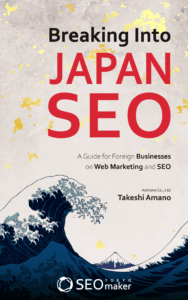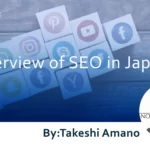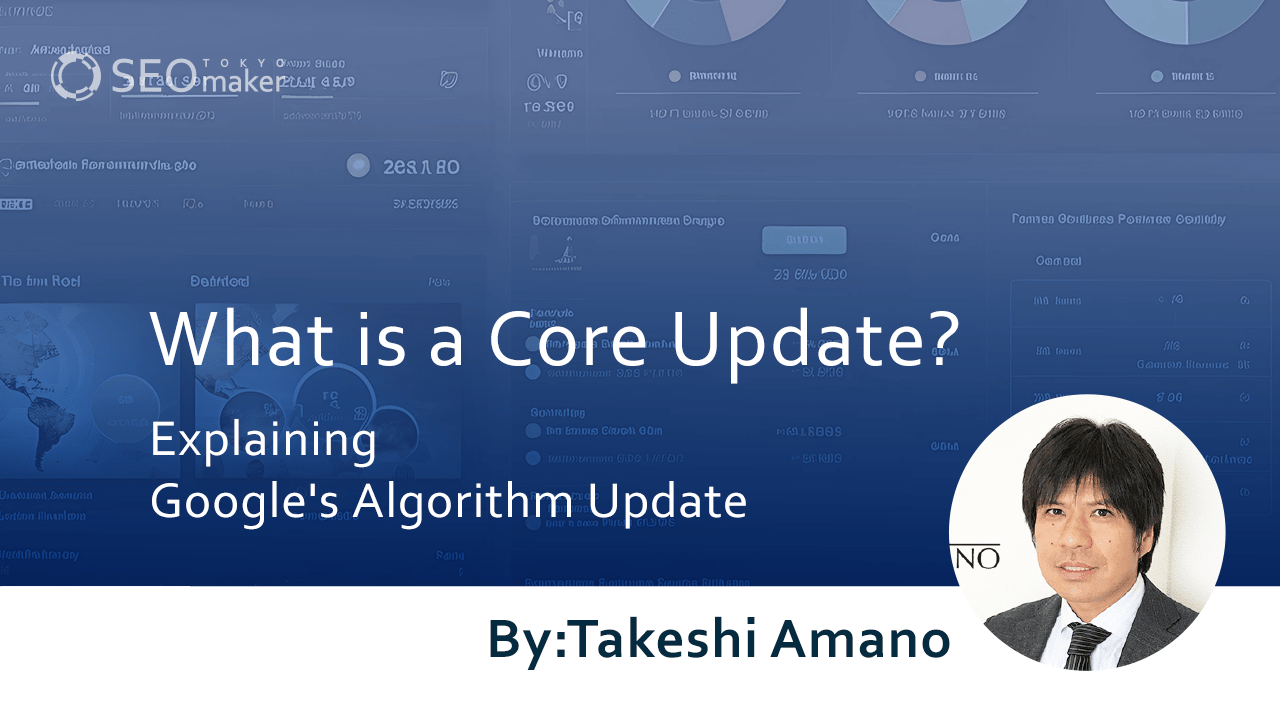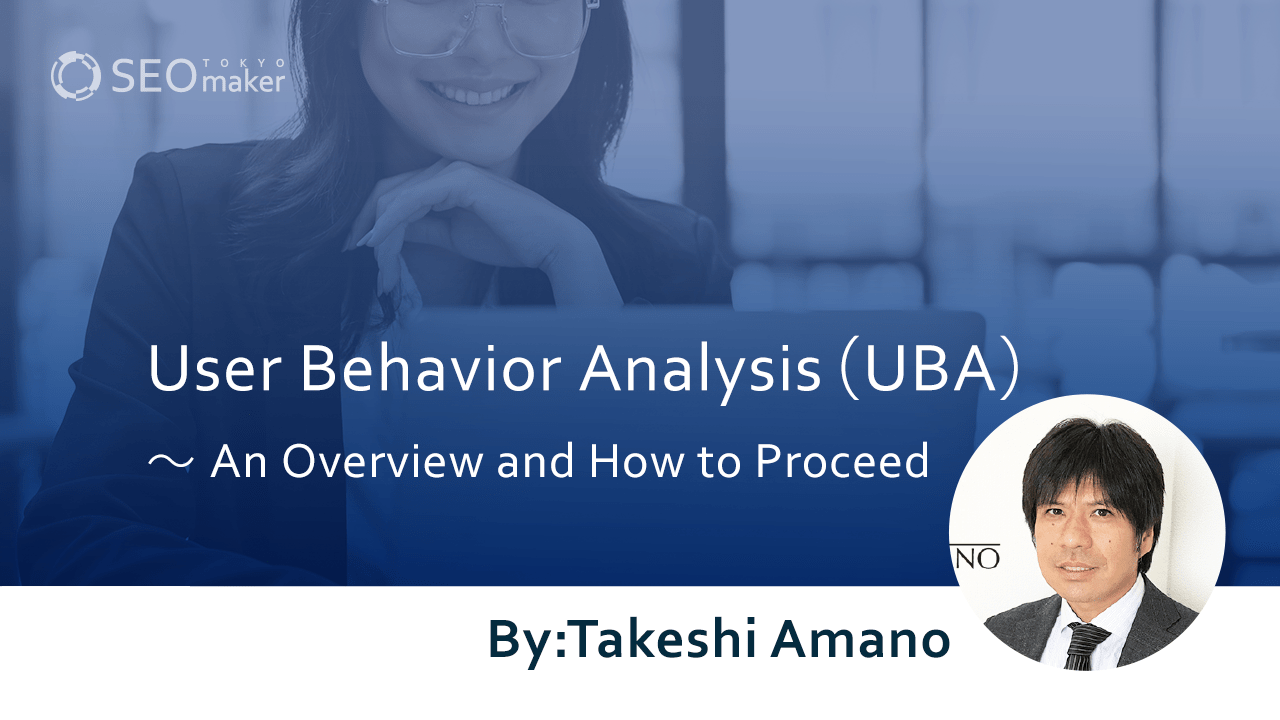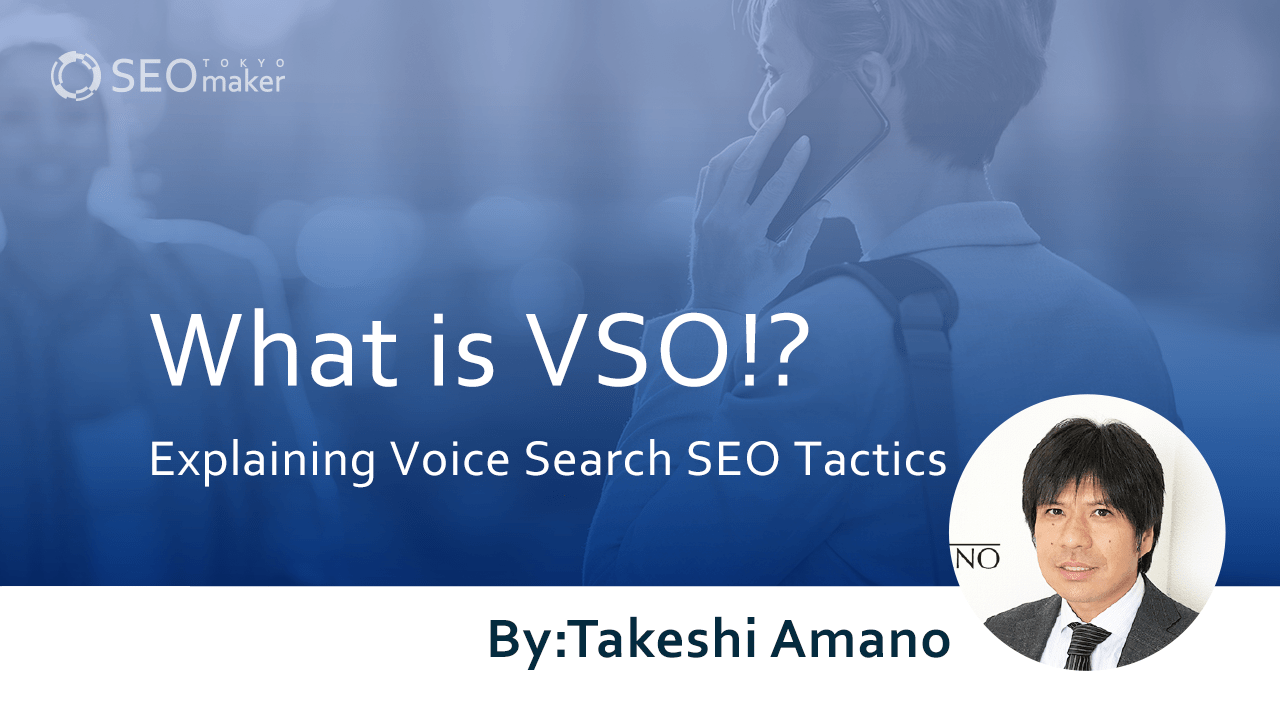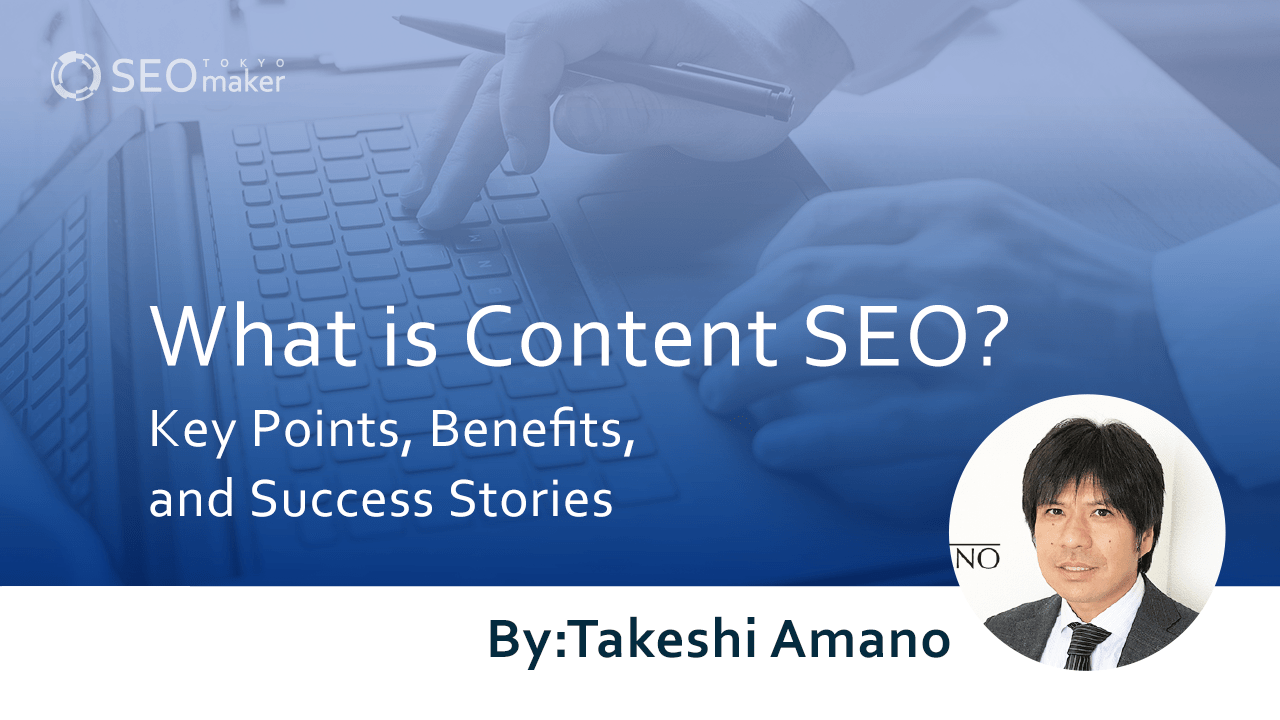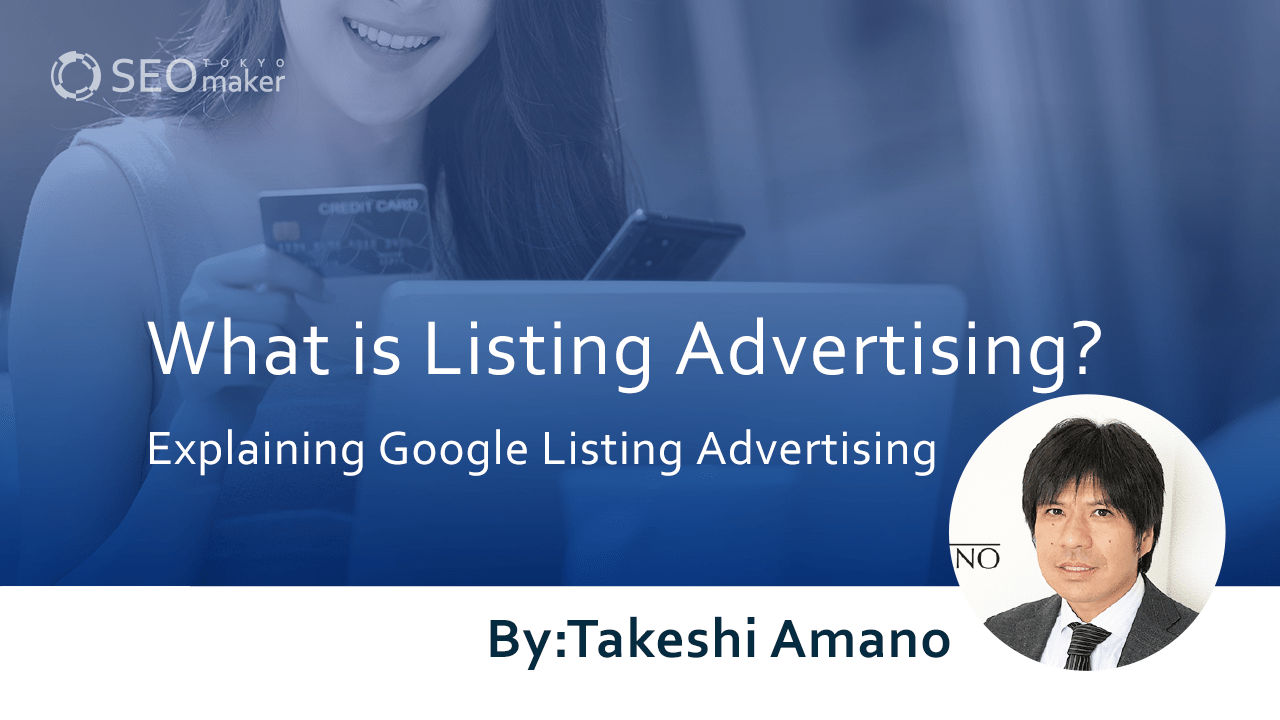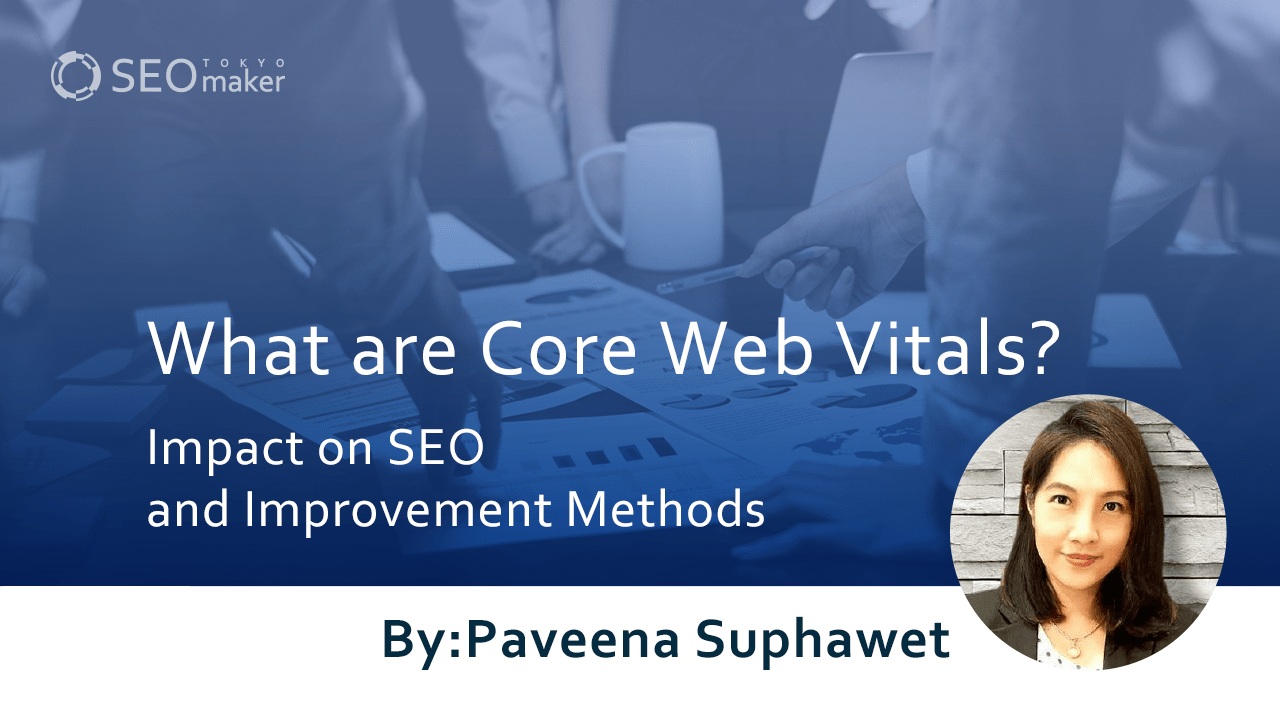What Is SEO ?- A Guide to Search Engine Optimization Strategies for 2024
contents
- 1 SEO and SEO Strategies
- 1.1 Search Engines
- 1.2 The History of SEO
- 1.3 The SEO Market
- 1.4 The Benefits of SEO
- 1.5 High-Quality Inbound Users
- 1.6 Reduced Advertising Costs
- 1.7 Content Becomes an Asset of company
- 1.8 Foundation for Marketing
- 1.9 Branding Opportunities Proper
- 1.10 Optimization for Voice Search (VSO)
- 1.11 The Drawbacks of SEO
- 1.12 Susceptible to Algorithm Updates
- 2 2024 SEO Strategies: Anticipating Future Trends
- 3 Supporting User-First Content with SEO Strategies
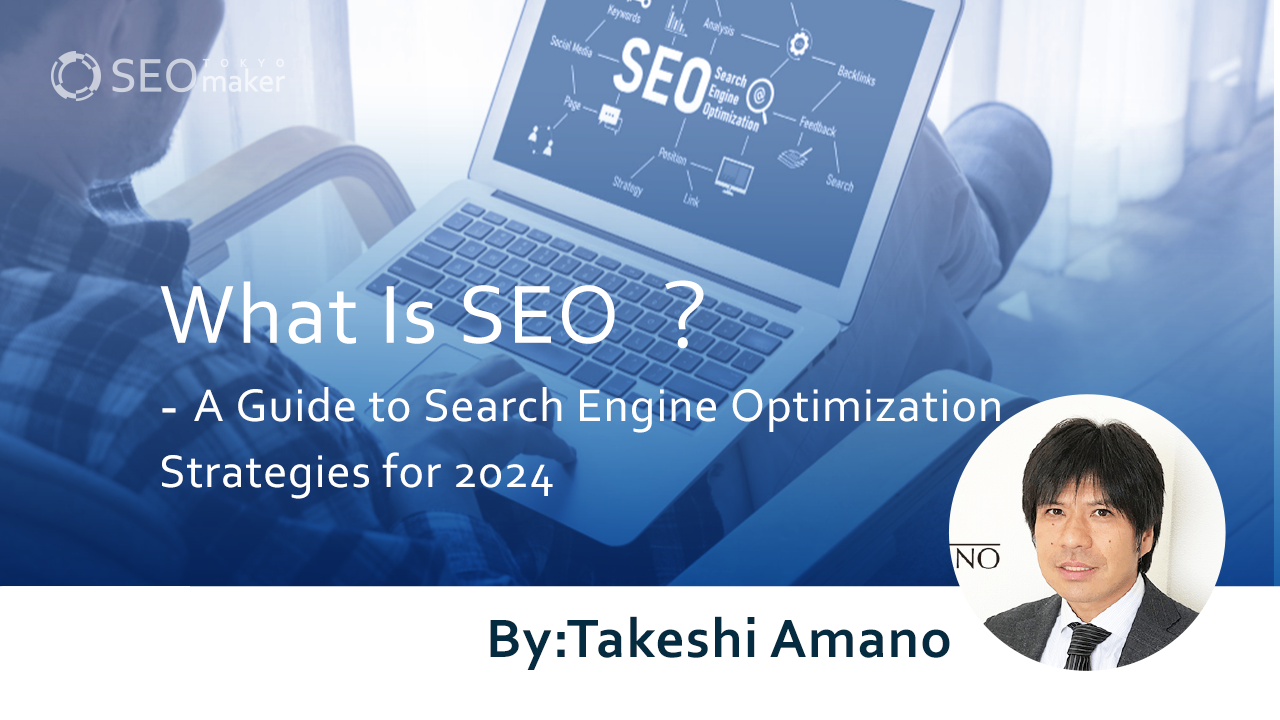 Currently, people gather information using search systems like Google and Yahoo!.
Currently, people gather information using search systems like Google and Yahoo!.
SEO refers to the optimization necessary for displaying a website in the organic search results section, which appears below the advertising slots in search engine result pages.
Successful SEO leads to a higher ranking of your site in search results, which in turn increases the number of visitors to your website. If this translates into successfully acquiring leads from potential customers, it can also increase the number of conversions, ultimately boosting sales. Therefore, companies place significant emphasis on SEO.
There are various strategies in web marketing, but SEO stands out as a particularly important one. In this article, we will provide a detailed explanation of search engine optimization and SEO strategies.
SEO and SEO Strategies
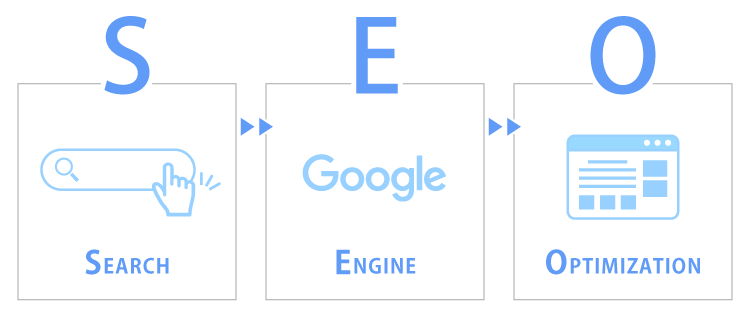
As mentioned earlier, SEO stands for Search Engine Optimization. It involves adjusting and optimizing your site to increase its likelihood of appearing in top search engine results, and the specific measures taken to achieve this are known as SEO strategies.
SEO ranking rules are determined by over 200 Google algorithms, and proper SEO strategies aim to gain high evaluation from these algorithms.
SEO strategies include internal measures, such as enriching the content of your website and appropriately placing relevant keywords, and external measures, like acquiring links from other websites.
Since search engine algorithms are frequently updated, regular review and updating of optimization strategies are necessary.
SEO is not a one-time task but requires continuous effort, keeping up with the latest algorithm updates and carefully planning and implementing strategies.
Search Engines
Search engines search for web pages related to specific keywords from the vast amount of information on the Internet and display them in a list.
In addition to Google, there are others like Yahoo! JAPAN and Microsoft Bing. However, as Yahoo! JAPAN currently adopts Google’s engine, Google holds over 80% of the search engine market share in Japan.
Search engines function in three major steps: ‘Crawling,’ where web crawlers collect information from web pages; ‘Indexing,’ where this collected information is organized and stored; and ‘Ranking,’ which provides the most relevant information for the user’s search query.
Search engine technology is constantly evolving to provide higher quality search results to users.
Thus, SEO optimization is not a one-off task but a continuous effort. It’s important to keep up with the latest algorithm updates and carefully plan and implement strategies.
The History of SEO
The history of SEO (Search Engine Optimization) has developed parallel to the Internet. Since the first search engines appeared in the early 1990s, the importance of SEO has been increasing.
- 1994-1995: Search engines emerge
- 1996-2001: Yahoo! JAPAN flourishes
- 2002-2011: The heyday of backlinks
- 2012: Penguin and Panda updates
- 2013: Hummingbird update
- 2014: Venice update
- 2015: Mobile-friendly and RankBrain
- 2017: Health Update (YMYL)
- 2018: Core Algorithm Update
- 2019: Introduction of BERT
- 2021: Core Web Vitals
- 2023: Helpful Content Update
Initially, keyword density, meta tags, and external links were the main elements. However, to counteract increasing spam, Google improved its search engine algorithms.
SEO has evolved with the introduction of PageRank, a new evaluation standard that emphasized higher quality content.
Since then, search engines have been updating to enhance user experience. In recent years, artificial intelligence and machine learning have also started influencing SEO. As search engines provide more precise search results, SEO must adapt and evolve accordingly.
Thus, SEO continually changes its methods and focuses, adapting to the evolution of search engines. It requires constantly adapting to new algorithms and developing optimal strategies.
The SEO Market
The SEO market comprises companies and individuals looking to strengthen online customer acquisition, specialized SEO agencies, and providers of tools and services. This market is growing, and its importance is increasing in today’s era of online business shift.
The global SEO industry is expected to reach a market size of $122.11 billion by 2028. SEO is a crucial marketing channel, offering business opportunities for companies and brands of all sizes.
Particularly for small and medium-sized enterprises and startups, SEO is noted as a cost-effective method. Large corporations often have specialized teams and develop complex strategies.
A variety of SEO tools and services are offered, providing features like keyword research, analysis, and optimization automation. The market size and needs for SEO vary by country and region, leading to diverse strategies and approaches. In this way, the SEO market is multifaceted and continually evolving.
The Benefits of SEO
Let’s explore the benefits of SEO. Here are seven key advantages:
- Increased Site Traffic
- High-Quality Inbound Users
- Reduced Advertising Costs
- Content Becomes an Asset
- Foundation for Marketing
- Branding Opportunities
- Optimization for Voice Search (VSO)
Increased Site Traffic A primary benefit of SEO is the increase in site traffic. Most people now routinely use the internet and search engines, with Google alone receiving 35 billion searches daily. Effective SEO strategies can lead to higher site rankings, increasing inquiries and traffic.
Google’s Search Position Click-Through Rates (2020)
| 検索順位 | クリック率 |
| 1位 | 28.5% |
| 2位 | 15.7% |
| 3位 | 11.0% |
| 4位 | 8.0% |
| 5位 | 7.2% |
| 6位 | 5.1% |
| 7位 | 4.0% |
| 8位 | 3.2% |
| 9位 | 2.8% |
| 10位 | 2.5% |
参考:Why (almost) everything you knew about Google CTR is no longer valid(SISTRIX)
The above figure represents a study of click-through rates by Google search result rankings. It reveals a clear trend: the higher the search ranking, the greater the influx of visitors to the website.
It’s noteworthy that the click-through rate for search results on the second page and beyond (rankings below 11th) falls below 1%. To attract more traffic, it’s essential to aim for a first-page ranking (1st to 10th positions).
Indeed, 49% of marketing professionals believe that organic search yields the highest return on investment (ROI), indicating that successful SEO is crucial for business success.
High-Quality Inbound Users
SEO brings in users with specific needs, making them more likely to be interested in your services or products, leading to high-quality customer acquisition.
Reduced Advertising Costs
Reducing Advertising Costs Another merit of SEO is the potential to reduce advertising and promotional expenses.
In customer acquisition, there are two primary methods: push and pull marketing. Push marketing, driven by the company, includes tactics like TV commercials and direct sales. Pull marketing, on the other hand, involves the user actively searching for information, with SEO falling into this category.
Push marketing, aiming to reach a wide audience, often requires significant advertising expenditure. In contrast, pull marketing strategies like SEO can be initiated with smaller budgets and still yield effective results.

If your site ranks highly in natural search results, it continues to attract visitors without additional costs per click.
Therefore, even as the number of displays and clicks increases, as shown in the figure, there’s no need to pay the search engine for this traffic.
Other methods like pay-per-click (PPC) advertising or affiliate marketing involve costs per click or per conversion, respectively. Traditional advertising like banner ads requires spending proportional to the duration and volume of the ads.
With SEO, there are no costs per click, and as long as the site remains favorably ranked by search engines, it continues to attract visitors without extra costs. While not entirely free, as some expenses are involved in implementing and maintaining SEO strategies, when done correctly, SEO can offer excellent long-term cost-effectiveness.
Content Becomes an Asset of company
An advantage of SEO is that content becomes an asset.
Content SEO, a mainstream approach today, involves creating and disseminating content like text and images to achieve higher rankings and draw customers from search engines.
To attain top rankings, it’s essential to produce ‘high-quality content’ that is valued by Google. Such content has the potential to convert the influx of website visitors into customers.
Therefore, properly implementing content SEO should naturally increase the quality of your content. Once created, this content remains indefinitely, serving as an asset for customer outreach. In the long term, this approach can lead to stable and consistent customer acquisition.
Foundation for Marketing
The benefit of SEO is that it forms a foundation for marketing.
Marketing refers to the broad range of activities involved in creating a platform for selling services and products, which is essential for any business. Within this, SEO is a fundamental part of digital marketing.
As people access various information and services through searches, being ranked higher in search results than competitors tends to result in increased revenue. Thus, SEO, which enhances search rankings, serves as a foundational pillar for the entirety of marketing efforts.
Branding Opportunities Proper
SEO enables branding, which is another key advantage.
A brand is something that distinguishes itself from others, and branding refers to the range of activities undertaken to create a brand and enhance its recognition.
Proper SEO implementation increases the visibility of your site name in search results.
Users who remember your site name are more likely to perform direct searches (branded searches) for it in the future.
An increase in branded searches indicates enhanced recognition of the site, effectively achieving branding. Increased brand and online recognition can lead to greater trust from customers.
To facilitate the memorization of your site name, providing excellent and valuable content is effective. This approach also leads to the creation of fans for your website (fan marketing). Fans created through content are likely to have a latent need for that content. Eventually, they may become customers for the services or products offered on your website.
Optimization for Voice Search (VSO)
SEO also facilitates Voice Search Optimization (VSO), which is another advantage.
Voice search allows users to conduct searches on compatible devices, like smartphones, by speaking keywords. When the voice search setting is enabled, users can initiate searches by speaking to the device.
The results for voice searches are generally similar to those for traditional text-based searches. Therefore, if a website achieves top rankings in regular searches through SEO, it’s also likely to rank high in voice searches. Implementing SEO naturally extends to optimizing for voice search, making VSO an inherent part of the process.
The Drawbacks of SEO
However, SEO isn’t without its challenges. Here are three key drawbacks:
- Time-Consuming and Labor-Intensive
- Requires Proper Execution for Results
- Susceptible to Algorithm Updates
Time-Consuming and Labor-Intensive
The main disadvantage of SEO is that it takes a lot of time and effort to see results.
With pay-per-click advertising, increasing the bid can quickly result in your ads being displayed in the top positions for certain keywords.
However, in SEO, just implementing strategies doesn’t guarantee immediate improvement in rankings. For example, when you acquire a new domain and create a website, it takes some time to be recognized (indexed) by search engines.
Implementing various SEO strategies also requires time. For an already published website, the process typically involves first analyzing the current state, then deciding and implementing appropriate strategies.
These could include adjusting the site structure and creating content.
Furthermore, after implementing strategies, it’s essential to monitor actual ranking changes and adjust the course accordingly.
Google explains this point as follows:
Don’t forget that it takes time to see the results. Usually, it takes from four months to a year to start reaping the benefits after making changes.
*Reference: When SEO is necessary – Search Console Help
SEO is indeed a time-consuming and labor-intensive process, but once properly executed, it makes it easier to achieve and maintain high rankings.
Requires Proper Execution for Results
A significant disadvantage of SEO is that it can be ineffective without proper execution.
Simply adding articles or acquiring backlinks is not enough. If the content added or backlinks acquired do not align with Google’s standards, not only might it fail to produce results, but it could also potentially backfire.
To effectively implement SEO, it is crucial to first understand the “ranking improvement strategies recommended by Google.” Recently, functions like rich results and knowledge panels provide users with extensive information.
Moreover, since Google updates its standards regularly, these criteria can change. It’s not sufficient to understand these once; regular checks and reflections of these changes in your website’s strategy are recommended.
Susceptible to Algorithm Updates
OOther disadvantage of SEO is the potential for ranking declines due to updates in the algorithm.
The Google algorithm, which determines search rankings, is updated regularly. Even after months or years of dedicated SEO efforts resulting in first-page visibility, a single algorithm update from Google can suddenly cause rankings to drop. If rankings do fall, the influx of search traffic that was present while being on the first page could drastically decrease.
To mitigate this risk, it is advisable to avoid methods not recommended by Google (black hat SEO) and instead focus on recommended practices (white hat SEO). Additionally, combining SEO with other traffic-generation methods can also prepare you for unexpected changes.
2024 SEO Strategies: Anticipating Future Trends
In September 2023, an update to the Helpful Content System significantly influenced the future direction of SEO strategies.
Sites that provide original, value-added content created by humans for humans are now more likely to appear in search results. Moving forward, SEO will increasingly prioritize websites that deliver satisfaction to users. In essence, SEO (Search Engine Optimization) has evolved into SUO (Search User Optimization).
Websites that offer high-quality, user-satisfying content are meticulously edited and organized across all areas, requiring substantial effort from site creators.
User-First Content and Helpful Content System
The foundation of all SEO now hinges on whether a site is created with the user’s needs as its primary focus.
The Helpful Content System is a mechanism designed by Google to make search results more useful and user-friendly. Its aim is to enhance the quality of information on the internet and provide content that truly meets user needs.
This means that the focus is not solely on creating content that ranks high in search engines but prioritizing websites that offer useful, high-quality information to users.
Previously, individual high-quality articles could rank well on their own. However, under the Helpful Content System, the entire site’s signal is generated and used in the automatic ranking system.
Therefore, the consistency of the content theme throughout the site and the site’s overall purpose are also critical. This fundamental concept, forming the basis of future SEO strategies, should be thoroughly understood by studying and comprehending the Helpful Content System in depth.
Understanding EEAT in SEO
Next, for user-first sites, it’s crucial to have high levels of expertise and authority. Sites with high expertise or authority have always been more likely to rank well, which hasn’t changed. It’s essential to understand EEAT (Expertise, Authoritativeness, and Trustworthiness).
However, this doesn’t mean that only experts can create content that ranks well in SEO. Content or sites based on personal experiences, even without high levels of expertise or authority, can receive high ratings in the Helpful Content System.
Especially in the YMYL (Your Money Your Life) areas, which deal with money and health, providing accurate and trustworthy information often requires specialized knowledge. Yet, even in YMYL topics, sharing useful personal experiences can rank well, as it becomes a valuable source of information users seek.
For instance, in addressing sleep issues during pregnancy, an expert might provide content on ‘safe sleeping pills during pregnancy.’ However, a non-expert sharing their experience on ‘how to use a pillow for comfortable sleep during pregnancy’ can be equally valuable and rank well in SEO.
People often help each other in times of need by sharing experiences, offering comfort, and discovering new things. Thus, not only information from experts but also these personal stories can be beneficial content for many.
Therefore, remember that even without high expertise or authority, creating content based on personal experiences can be highly valued in SEO if it offers useful information for others to share.
Originality, Theming, and Added Value in Content
Once you understand the Helpful Content System and EEAT, the next step is to ensure your site content is focused on a specific theme and possesses originality.
To deliver content with added value to users, merely replicating information or content from other sources to create highly similar sites is not considered beneficial.
To clearly showcase originality, start by narrowing down your site’s theme. Focusing on a specific theme can also enhance its expertise.
The more you delve into a specific area by narrowing down the theme, the more originality your content will have. Creating content that is deep and narrow rather than broad and shallow enables you to produce information of high value that users seek.
Start by focusing on a specific theme, bringing out originality, and delivering added value to users. Always keep this flow in mind when creating content.
Design (UI/UX), Handcrafted Effort, and High Technical Skill
Once the content is solidified, the next step is to consider how to deliver and present it to users.
UI, or User Interface, is the point of contact with users and plays a crucial role in gaining their trust. Sites with superior UI (equating to high design quality) entertain users, offer comfort, and enhance satisfaction. Higher user satisfaction leads to greater trust, thereby improving the ‘Trustworthiness’ aspect of EEAT. Crafting a site with high design quality positively impacts SEO.
However, creating a design that satisfies users requires high technical skill, innovative ideas, and creative thinking. Instead of relying on template designs, putting effort into creating handcrafted designs can enhance the site’s expertise and usability, further influencing SEO positively.
Beneficial Purpose, Accuracy, and Satisfaction in Content
It’s vital to regularly review the purpose and relevance of your site’s content to ensure it hasn’t strayed from its intended direction.
Content initially created with the user in mind can gradually deviate due to changes in time, market dynamics, and internal and external factors. A site that once diligently provided beneficial information for users can inadvertently shift towards prioritizing the company’s interests, losing sight of its original path.
Finally, once the content encompasses all the aspects discussed so far, it’s crucial to verify the accuracy and perform fact-checking. Incorrect information can confuse users and erode trust.
Reflect again on what constitutes content that truly satisfies user needs. It’s important to continually reassess and align your content with what brings value and satisfaction to your audience.
Supporting User-First Content with SEO Strategies
Understanding the Big Picture of SEO Before diving into specific SEO tactics, it’s essential to grasp the big picture of SEO. Start by taking an overview, then proceed to individual, detailed strategies.
The overall picture of SEO can be conveniently divided into five key areas:
- Keyword Strategy Development
- Internal Measures (On-Page SEO)
- Content SEO
- SXO Strategies (UI, UX, CRO Strategies)
- External Measures (Off-Page SEO)
Overview of SEO Strategies
These five strategies are implemented to support the mission of creating user-first content. Each of these areas plays a crucial role in ensuring that your SEO efforts align with and enhance the user experience.
Here’s a detailed breakdown of the five SEO strategy components, their Key Performance Indicators (KPIs), key points, and essential (MUST) actions:
| SEO strategy components | KPI | Point | MUST | |
| 1 | Keyword Strategy Development | Determining which search queries to rank for. | Develop a strategy using keywords with high monthly search volumes and long-tail keywords. | Differentiate between big, middle, and small words. Decide on navigational, transactional, and informational queries. |
| 2 | Internal Measures (On-Page SEO) | Optimizing the site to be displayed in search results. | Address both crawlability and usability aspects. | Ensure indexing, revise titles, and meta descriptions. |
| 3 | Content SEO | Creating content that aligns with search intent. | Publish primary information and highly original content. | Ensure Experience, Expertise, Authoritativeness, Trustworthiness (E-E-A-T) as per the 2024 advanced SEO strategies. |
| 4 | SXO Strategies (UI, UX, CRO Strategies) | Producing designs and user interfaces that prevent user drop-off. | Create an enjoyable online experience with user-friendly designs and functionalities. | Implement the latest designs and functionalities and improve Call to Action. |
| 5 | External Measures (Off-Page SEO) | Link building and citation acquisition. | Increase citations through news releases and media submissions, and encourage third-party link acquisition. | Avoid purchasing low-quality links. Actively pursue press releases.
|
Check and confirm these five SEO strategy components, their KPIs, and key points, and start with the MUST actions.
Let’s delve into the details of each SEO strategy component.
Keyword Strategy Development in SEO
The first step in SEO is establishing a keyword strategy. Selecting the right keywords is crucial as it greatly influences the difficulty level of SEO.
Search queries (keywords) can be categorized based on their search volume:
- Big Words (more than 10,000 searches per month)
- Middle Words (between 1,000 and 10,000 searches per month)
- Small Words (less than 1,000 searches per month)
Furthermore, search queries can be segmented according to target user groups:
- Navigational Queries (for a specific audience) – Directly linked to conversion (CV). Also known as GO queries.
- Transactional Queries (for an explicit customer group) – High likelihood of leading to conversion. Also known as DO queries.
- Informational Queries (for a potential customer group) – Useful for lead generation. Also known as KNOW queries.
Big Words within transactional queries are highly competitive, as they are sought after by many businesses due to their high search volume and potential to drive sales.
Keywords that are directly linked to sales can attract a larger audience if they rank high. However, due to high competition, securing a top ranking is not always feasible.
In some cases, targeting less competitive Small Words can be more beneficial for business.
Internal Measures (On-Page SEO)
The second strategy in SEO is internal measures, also known as On-Page SEO. This involves optimizing the internal elements of a website to make it more visible in search results.
On-Page SEO can be divided into two main areas: measures related to crawlability and usability.
Crawlability Measures
focus on making the site more accessible and readable for Google’s crawlers. A site with high crawlability is one that is coded in a robot-friendly manner, adhering to W3C standards and HTML Living Standard rules, ensuring that the site is easy for search engines to find and understand.
Key Crawlability Measures include:
- Optimizing title tags
- Optimizing meta description tags
- Setting up proper headings
- Optimizing image file names and alt attributes
- Building internal links
- Creating an optimal directory structure
- Implementing breadcrumb navigation
- Submitting a sitemap
- Registering the site with Google for indexing
- Implementing structured data
- Ensuring HTTPS (SSL encryption)
- Setting canonical tags
- Unifying the www and non-www versions
- Using robots.txt to prevent crawling of unnecessary pages
Usability Measures
focus on making the site user-friendly. Usability, a blend of ‘use’ and ‘ability’, refers to the ease of use and practicality of a website. A site is considered to have high usability if users find it easy to navigate and can quickly access the information they need.
Key Usability Measures include:
- Enhancing site load speed
- Improving UI (User Interface)
- Enhancing UX (User Experience)
- Focusing on Core Web Vitals
- Ensuring mobile-friendliness
- Implementing responsive web design
- Speeding up server processing
On-Page SEO is about implementing SEO techniques on your website. It’s crucial to address both crawlability and usability measures.
Tokyo SEO Maker offers a comprehensive On-Page SEO service package. For those interested in internal measures, downloading their service documentation for a thorough understanding is recommended.
Content SEO
To succeed in Content SEO, it’s essential to create high-quality content that meets the needs of users.
Google Search Central provides guidance on what constitutes high-quality content. Here are three key resources to refer to:
- Providing Higher Quality Content to Users | Google Search Central
- Guidance on Creating High-Quality Sites | Google Search Central
- Creating Useful, Reliable, User-First Content | Google Search Central
Start by reading these three pages from Google Search Central for a comprehensive understanding.
When creating content, it’s crucial to consider what users are seeking. Researching user intent (search intent) and ensuring that your content can confidently rank as the top result for specific search queries is vital.
Continuously offering new and unique primary information in an easily understandable format is also important.
Sharing your company’s expertise and strengths can enhance your reputation as an expert in your field, which not only boosts your brand but also enhances your website’s authority in SEO. This increased authority can lead to higher rankings over time, growing a loyal fan base and eventually contributing to increased sales.
SXO Strategies (UI/UX/CRO Measures)
The fourth SEO measure focuses on SXO, which stands for Search Experience Optimization.
This approach emphasizes optimizing the user’s search experience.
When considering user-first content creation, improving the search experience of users is crucial. Enhanced user experience on a site can lead to higher satisfaction, conversions (like inquiries or downloads), and ultimately, increased revenue.
Key strategies related to SXO include:
- Improving UI (User Interface): Making the interface more intuitive and user-friendly.
- Enhancing UX (User Experience): Ensuring the overall experience on the site is pleasant and meets user needs.
- CRO (Conversion Rate Optimization): Refining processes to increase the percentage of visitors who complete desired actions.
- Website Analysis and Improvement: Continuously assessing the site to identify and address areas needing improvement.
- Understanding and Improving User Behavior: Analyzing how users interact with the site and making necessary adjustments.
CRO, or Conversion Rate Optimization, focuses on increasing the frequency of visitors taking desired actions on a website.
The effectiveness of SEO can be measured using tools like Google Analytics 4 and Google Search Console. These tools allow for a comprehensive assessment of website performance, aiding in the optimization of SEO strategies.
Google Analytics provides detailed analysis of website traffic and user behavior, including metrics like traffic volume, page views, duration of stay, and bounce rate.
The conversion rate, indicating the percentage of visitors completing target actions, is a critical metric. This data helps in identifying areas of improvement and formulating new SEO strategies.
Web analytics can reveal necessary improvements for specific pages or overall website issues. Prioritize and swiftly address these issues based on their urgency.
On the other hand, Google Search Console helps manage how a website appears in Google Search. It provides key metrics such as clicks, impressions, click-through rate, and average position.
This data is invaluable for understanding performance concerning specific keywords and identifying site issues or errors.
Using both Google Analytics and Google Search Console offers a more comprehensive analysis, as each provides different perspectives.
For instance, if Google Analytics shows an increase in traffic, Google Search Console can help determine which keywords are driving that traffic. This integrated approach is vital for a thorough and effective SEO strategy.
External Measures (Off-Page SEO)
The fifth SEO strategy involves external measures, also known as Off-Page SEO. This strategy focuses on acquiring links and citations from external sources to gain external validation.
Link Building
This is a critical component of SEO, where acquiring legitimate links is a key factor in Google’s search ranking algorithms. Gaining citations and links is akin to being recommended by other users, indicating your site’s endorsement.
Citations
These refer to mentions or references to your site that may not include a direct link, often with a ‘nofollow’ attribute, or even without any link. They are implicit external elements cited by other websites. Even without direct links, search engines recognize these citations.
To enhance link building and citation effects, consider:
- Creating and managing social media pages.
- Setting up a Google Business Profile.
- Publishing your site’s information on various information media platforms.
Avoiding SEO Penalties
A critical aspect of Off-Page SEO is steering clear of SEO penalties.
Search engines aim to display information that users seek, and using irregular methods like excessive SEO or illicit links to manipulate search engine algorithms can lead to being flagged as spam, resulting in penalties such as removal from search results.
To avoid penalties, adhering to Google’s guidelines is paramount. Thoroughly read the basic principles of Google Search Central and align your SEO strategies with the guidelines outlined there. This approach ensures that your SEO efforts are legitimate and compliant with search engine standards.
Learning SEO in Japan
For those looking to learn about SEO in Japan, reading books, watching videos, and conducting online research are traditional and effective methods. I recommend reading “Breaking into Japan SEO,” available as a Kindle edition, for insights into Japanese SEO.
This book is a product of years of research and expertise in SEO techniques and knowledge by Tokyo SEO Maker.
Recommended for:
- Individuals wanting to understand the current state of SEO in Japan.
- Web managers of companies looking to enter the Japanese market.
- Website operators aiming to stay updated with the latest SEO trends in Japan.
Reading this book can provide a comprehensive understanding of the unique aspects of SEO in Japan, which can be quite different from SEO practices in other regions due to language, search habits, and cultural differences. This knowledge will be particularly valuable for businesses and individuals looking to optimize their web presence effectively within the Japanese market.
Summary
SEO consulting involves improving a website to enhance its ranking on search engine result pages. Successful SEO can expand business opportunities and lead to business growth. Companies often allocate budgets for SEO strategies. Achieving a high ranking in SEO requires correct strategies, but the most crucial aspect is creating user-first content. This means developing content that aligns with users’ search intentions, investing time, effort, and resources. Although search engine algorithms are constantly evolving, they are ultimately designed to favor superior content. Therefore, a key to succeeding in SEO is continually evaluating even published content for potential improvements. This ongoing process ensures that your website remains relevant and effectively meets the needs of both users and search engines.





